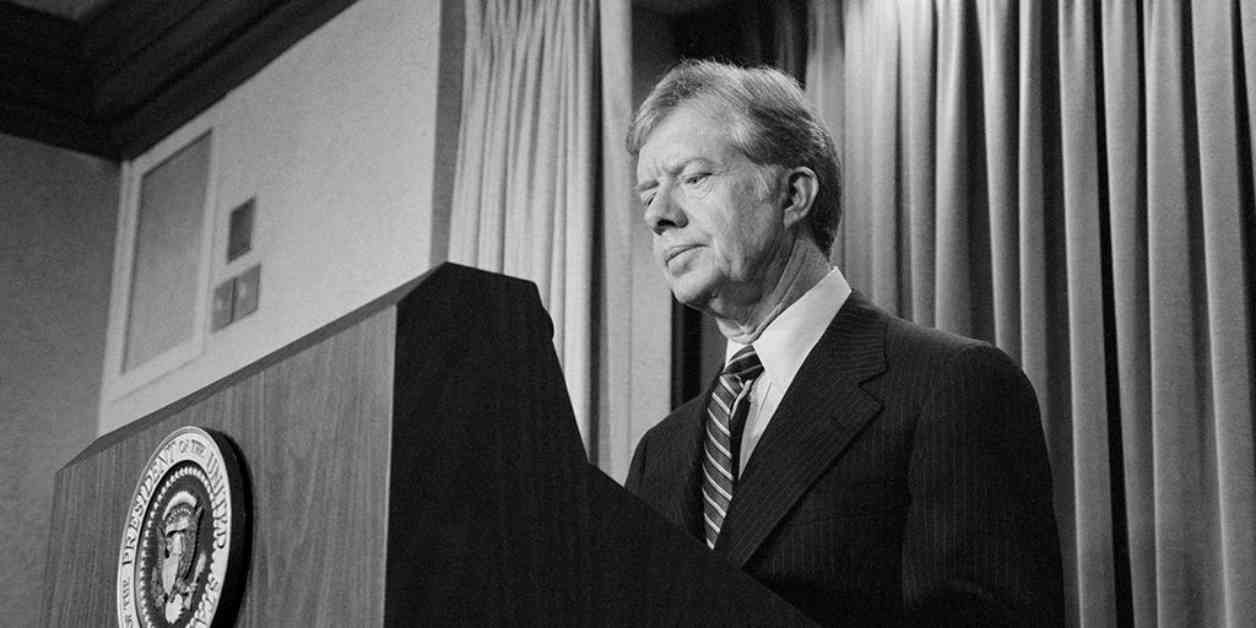Jimmy Carter’s Killer Rabbit Incident: A Closer Look
Former President Jimmy Carter’s recent passing at the age of 100 has reignited memories of the infamous “killer rabbit” incident that took place in April 1979 in Plains, Georgia. Carter, who was fishing near his hometown, found himself in a bizarre situation when a large swamp rabbit began swimming rapidly towards him, hissing and gnashing its teeth. This unusual encounter quickly spiraled into a media sensation that came to symbolize Carter’s struggling presidency.
The Incident Unfolds
According to then White House Press Secretary Jody Powell, the swamp rabbit was intent on climbing into the Presidential boat, prompting Carter to defend himself with a paddle, splashing water at the creature until it changed course and swam away. Despite Carter’s more subdued account of the event, media outlets seized on the sensationalized version of a “killer rabbit” attacking the President, painting a picture of chaos and incompetence.
The Fallout
During a time when Carter was grappling with numerous challenges, including an energy crisis, economic woes, and the Iran hostage crisis, the “killer rabbit” incident further damaged his public image. As Carter’s approval ratings plummeted, the story of the aggressive bunny became a metaphor for his presidency, with many portraying him as weak and inept.
Regrets and Reflections
Powell, who initially viewed the incident as a harmless anecdote, later expressed regret for sharing the story with the press. In his memoir, he described it as a “nightmare,” acknowledging the negative impact it had on Carter’s reputation. The episode serves as a cautionary tale about the power of media narratives and the lasting effects they can have on public perception.
Legacy of a Humanitarian
Despite the challenges he faced during his presidency, Carter’s legacy extends far beyond the “killer rabbit” incident. An outspoken Christian, Carter dedicated himself to humanitarian efforts after leaving office, earning a Nobel Peace Prize in 2002 for his contributions to peace and human rights. His enduring impact serves as a reminder of the complexities of leadership and the enduring power of resilience in the face of adversity.




